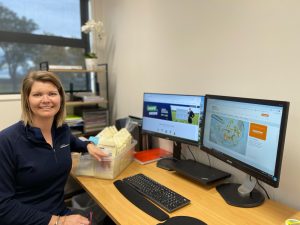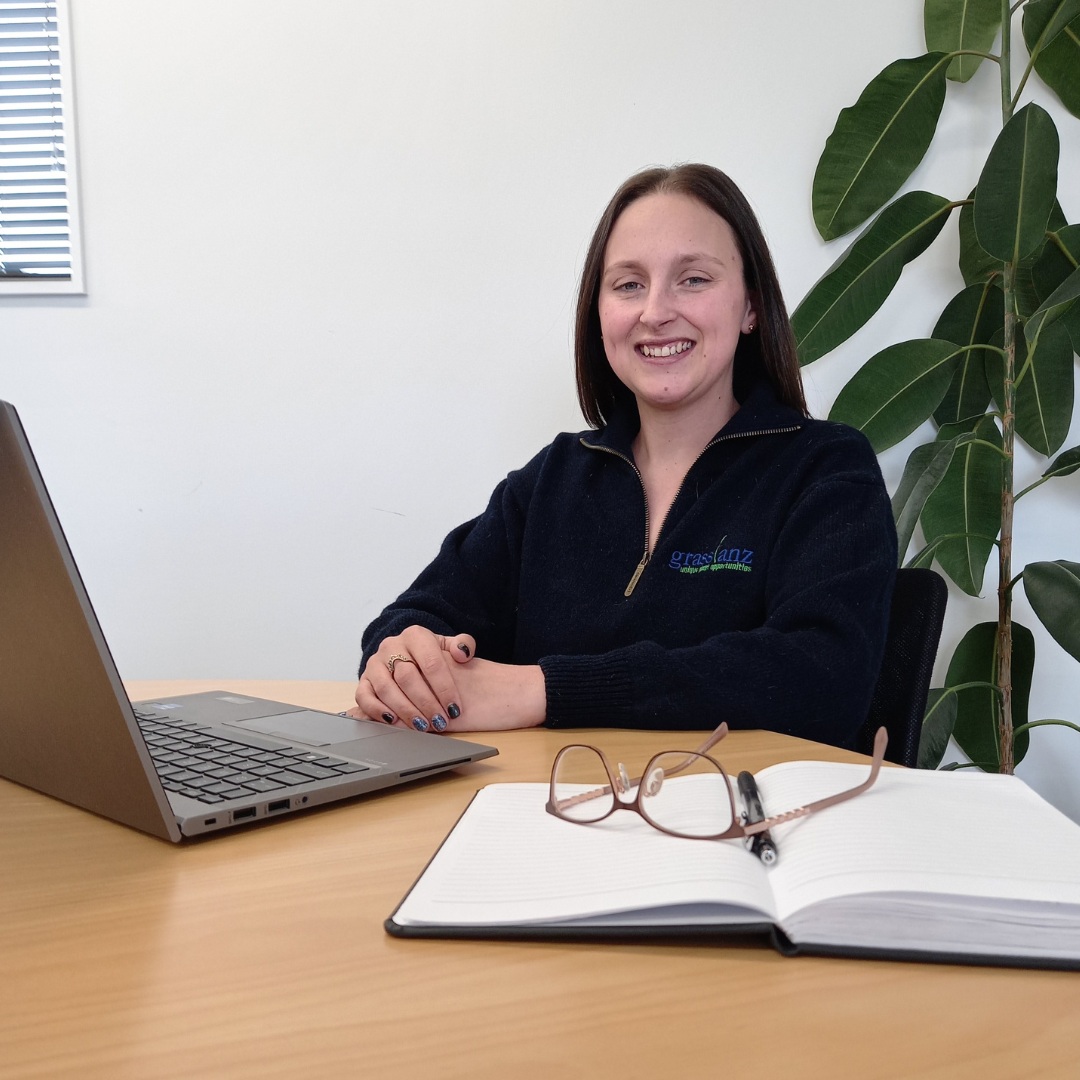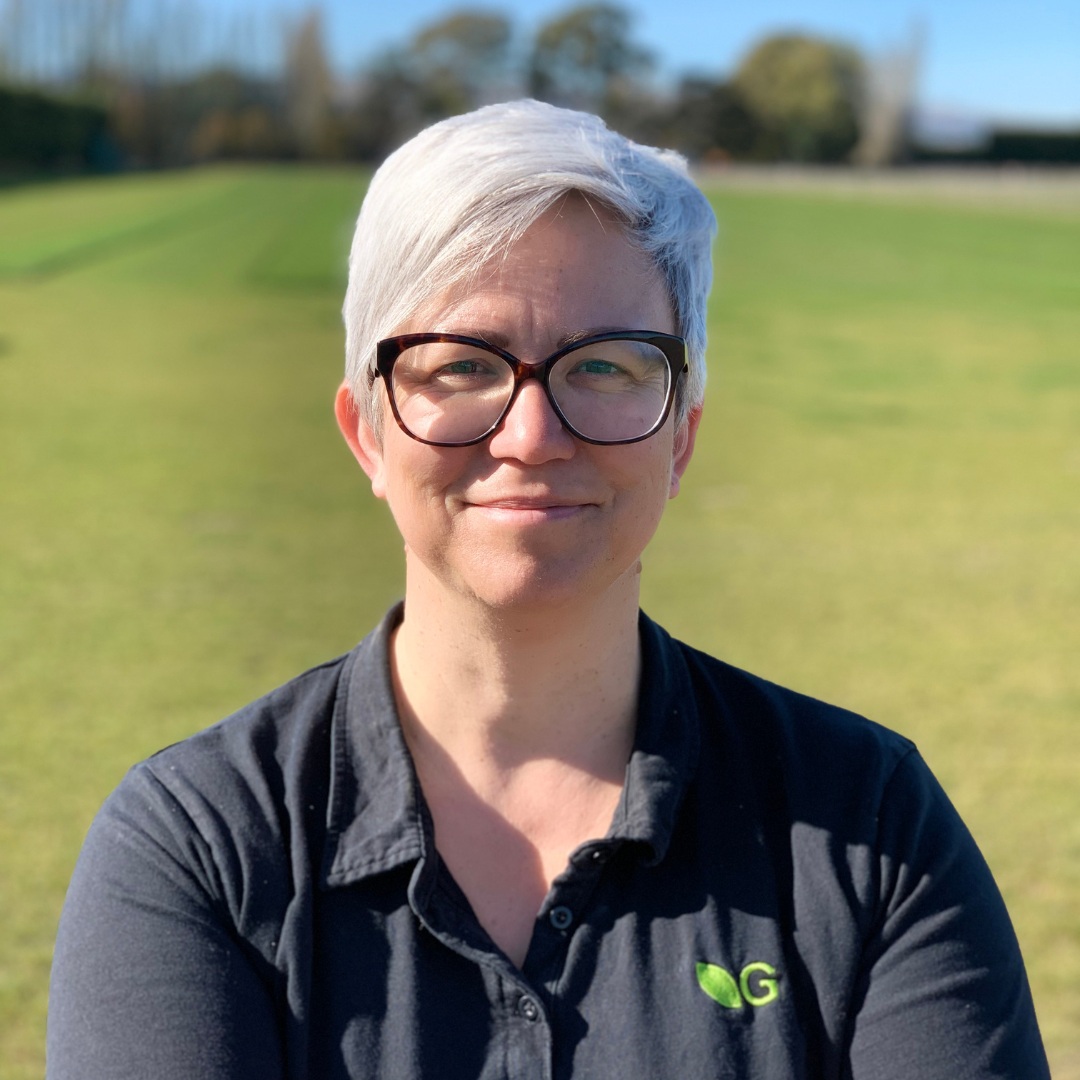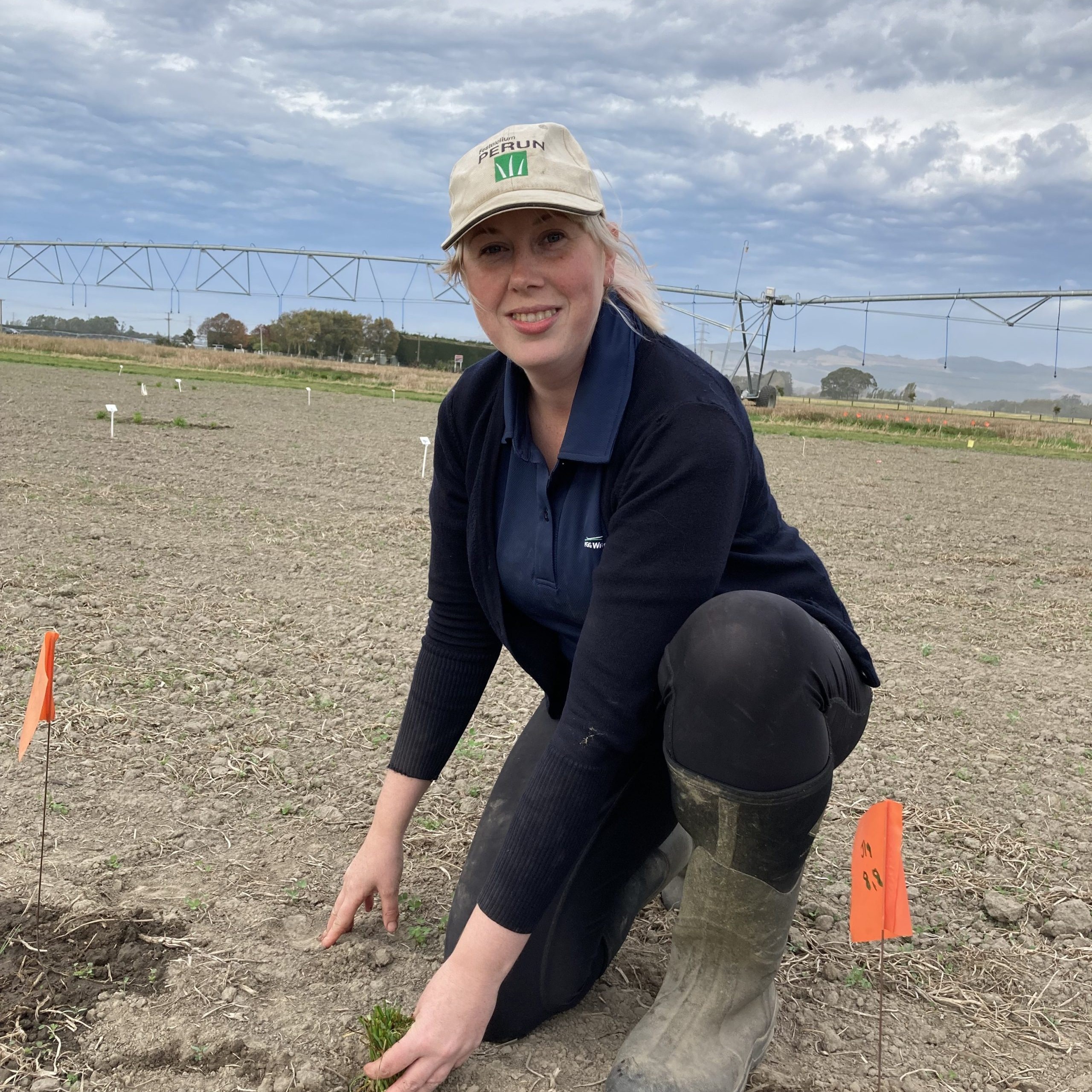Seed testing demands precision and consistency
BY TONY LEGGETT.
Caroline Mouton felt at home when she stepped inside a seed testing laboratory for the first time in New Zealand just over three years ago.
The need for precision and consistency in seed testing appealed to her after her previous work experiences while living in South Africa.
 Before emigrating to NZ in 2019 and settling in Christchurch, she worked for South Africa’s Department of Agriculture as a quarantine inspection officer, and later set up her own private diagnostic laboratory offering nematode and grapevine bud mite analyses.
Before emigrating to NZ in 2019 and settling in Christchurch, she worked for South Africa’s Department of Agriculture as a quarantine inspection officer, and later set up her own private diagnostic laboratory offering nematode and grapevine bud mite analyses.
After focusing on her family for the first year after arriving here, it was time to return to working and she secured the Laboratory Manager role at PGG Wrightson Seeds, a member of the NZ Plant Breeders & Research Association (PBRA).
“It was actually a tough time in NZ because it was just after the first Covid lockdown. But the role appealed, especially because they were looking for someone with strategic planning experience to expand the lab too,” she says.
“I had to overcome some initial fears that I didn’t know much about seed testing. It has been a steep learning curve for me, but I really enjoy the work.”
Testing seed lines for germination, purity, and vigour provides a large amount of work for the lab’s 14 full time staff. Testing of grass seed lines for levels of viable endophyte has also ramped up in volume in recent years.
Ensuring the laboratory surpasses the standards required for accreditation by the International Seed Testing Association (ISTA) is a key responsibility for Caroline.
“The ISTA accreditation is really a cornerstone of our credibility and our quality assurance to customers. “
“This involves staying updated with the latest developments and requirements for seed testing as well as continuously enhancing my own and our team’s skill set to meet industry standards.“
The PBRA encourages its members to maintain strong relationships with other seed industry organisations, nationally and internationally. ISTA accreditation ensures a high standard of testing accuracy and reliability and is regarded as an essential tick of approval for seed labs globally.
The lab’s output rises sharply as the seed harvest phase of the year progresses and lines arrive for testing to help establish the order they will be dressed, prepared for sale and sowing within a few weeks.
Endophyte test results remain valid for six months before re-testing is required, while germination test results are valid for 12 months. Re-testing of carried-over lines is required to have them ready for sale throughout the year.
The laboratory is also testing grain lines and recently began providing testing services for maize seed for a PGG Wrightson Seeds subsidiary, Corson Maize.
“I think the biggest juggle for me is probably balancing my time for working on that strategic vision with all the intricacies of our daily operational tasks.”
In her time as Lab Manager, she has overseen the introduction of a new operating system for more efficient management of the testing results.
She says keeping pace with advancements in technology and testing methodologies is essential for maintaining the quality and reliability of the laboratory’s seed testing services.
However, acquiring and implementing new technologies can be costly and training staff to use them effectively can be challenging.
With barely any external training provided, most training is done internally. Caroline says staff training is a regular topic for discussion when seed testing teams from all the NZ laboratories meet for an annual catch up.
“External training is probably one of our biggest constraints. There’s no institute or authority that delivers training to seed analysts and provides a qualification structure,” Caroline says.
Any new technologies must be approved by ISTA and undergo monitoring similar to that of a human analyst before they are eligible for installation by laboratories
“A good example is the speeding up of testing using artificial intelligence, particularly using hyperspectral imaging to assess seed samples,” she says.
This technology is increasingly being utilised in seed testing and holds the potential to replace the more tedious manual counting of seeds when assessing sample purity, typically viewed through a small hand-held lens.
The Kimihia Research Centre laboratory has integrated modern technologies such as digital microscopes and workstations, enabling analysts to work ergonomically while viewing seeds on large monitors. These modern technologies are transforming the way seed analysts are working.
Caroline is attending this year’s Women in Seed Forum on May 21 in Christchurch. For more information visit https://www.nzgsta.co.nz/women-in-seed-forum-2024/




